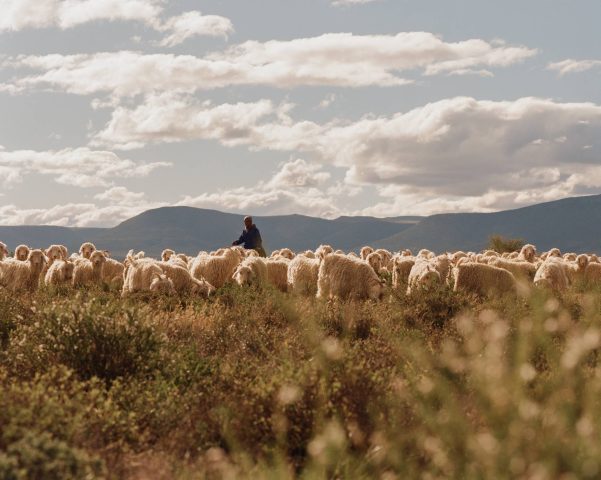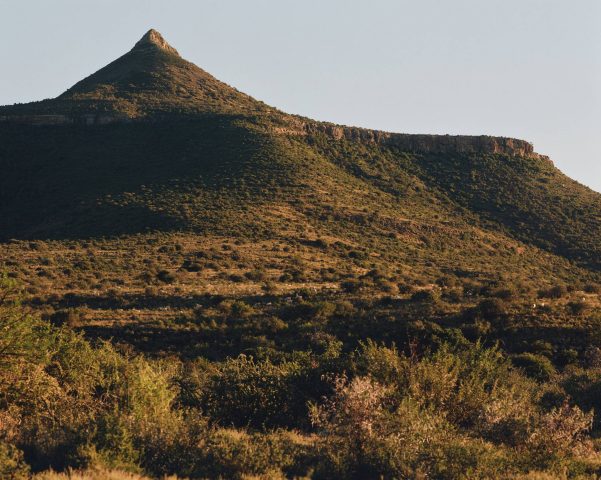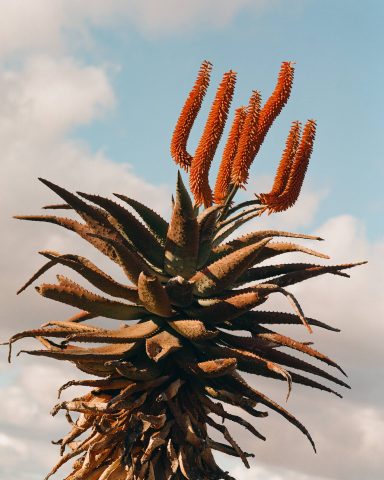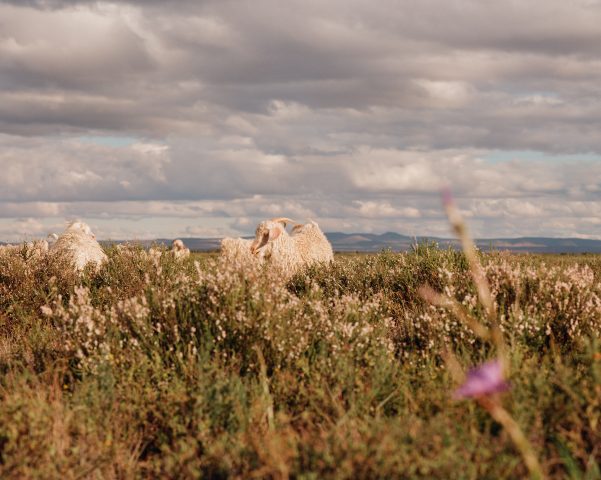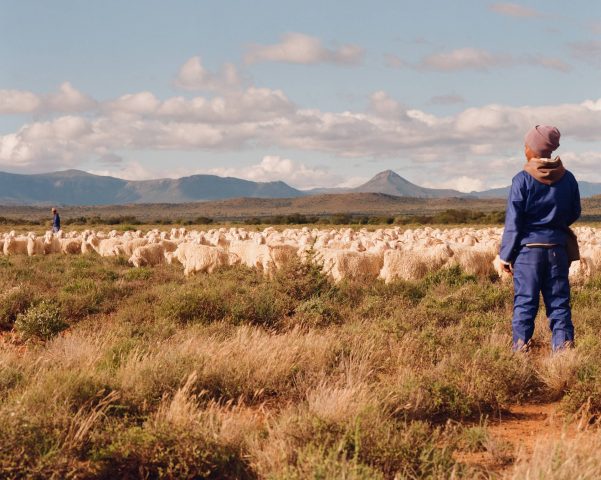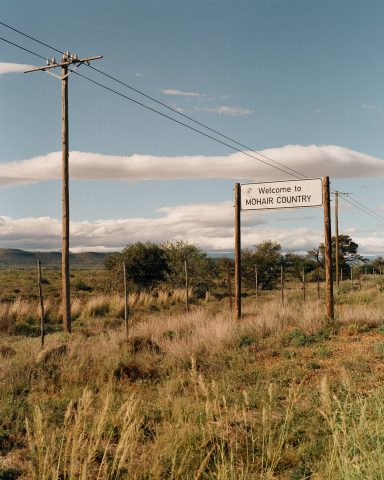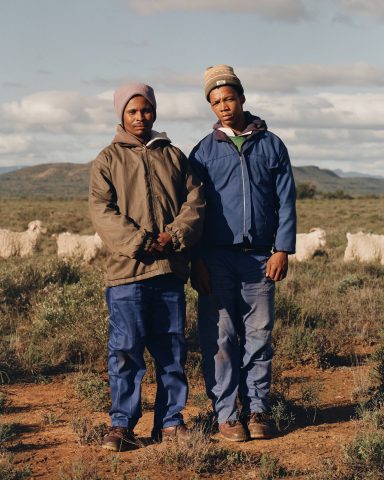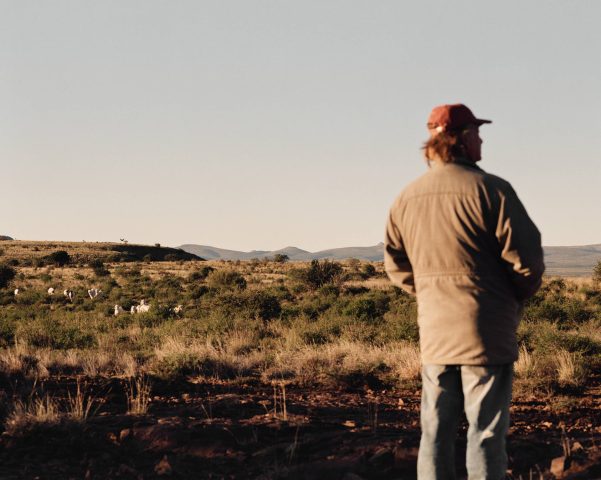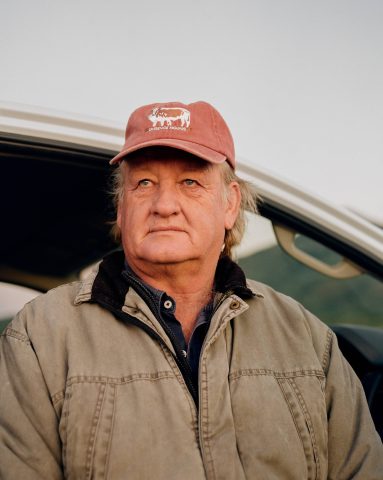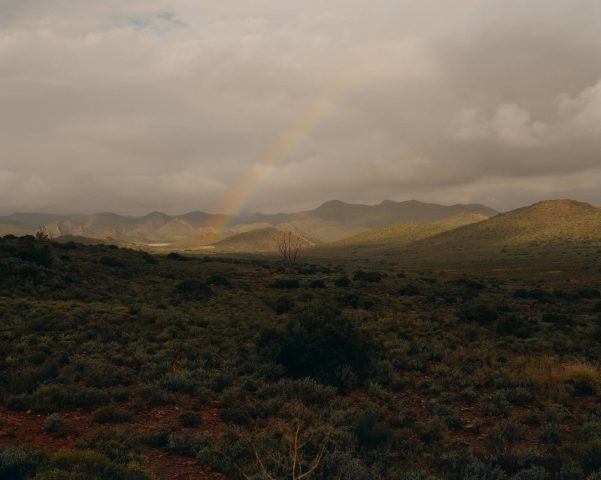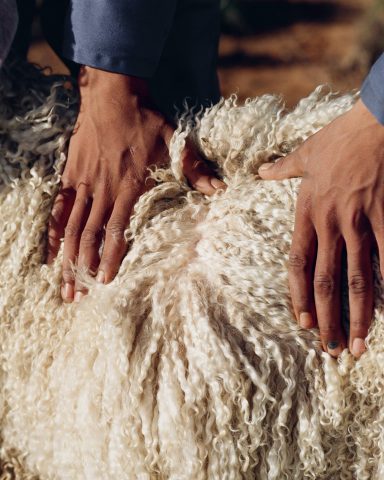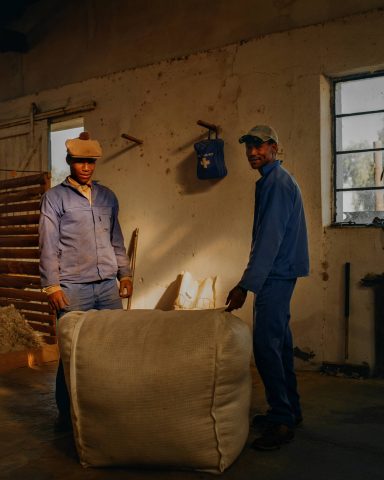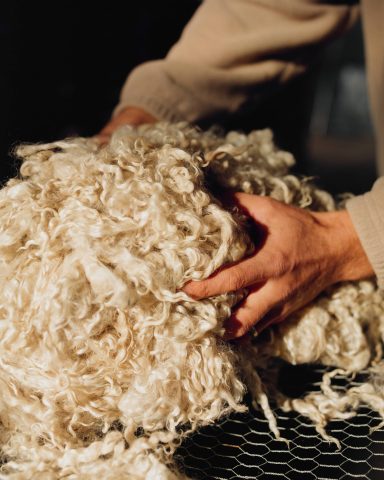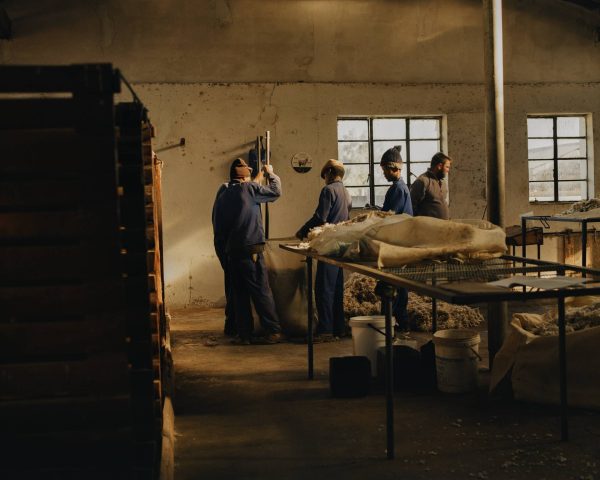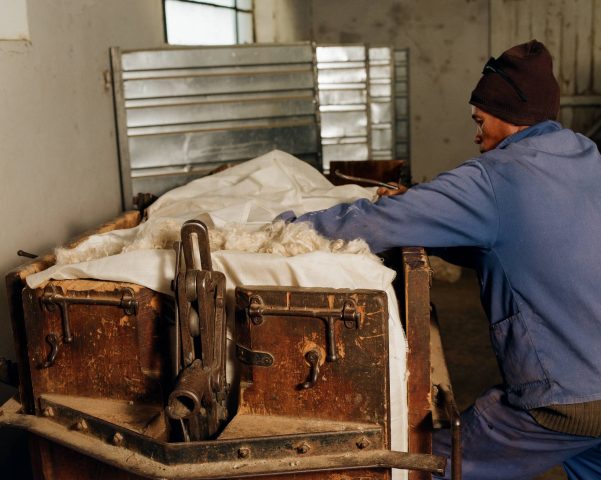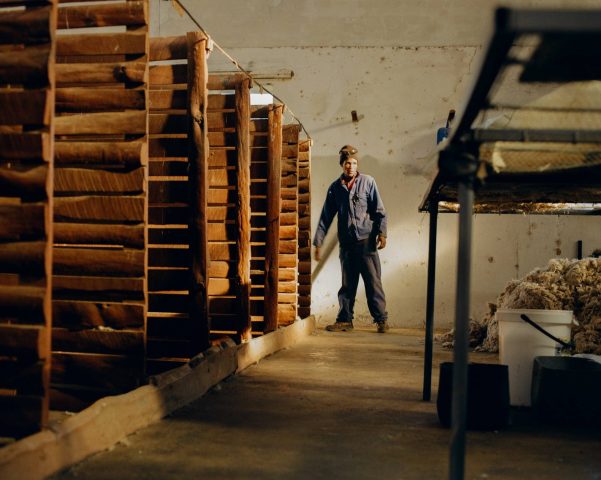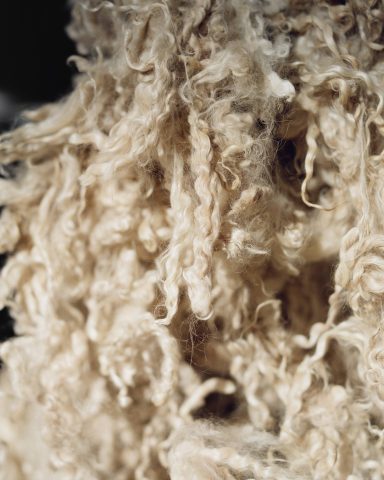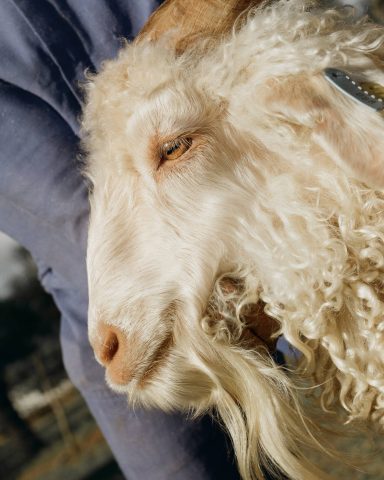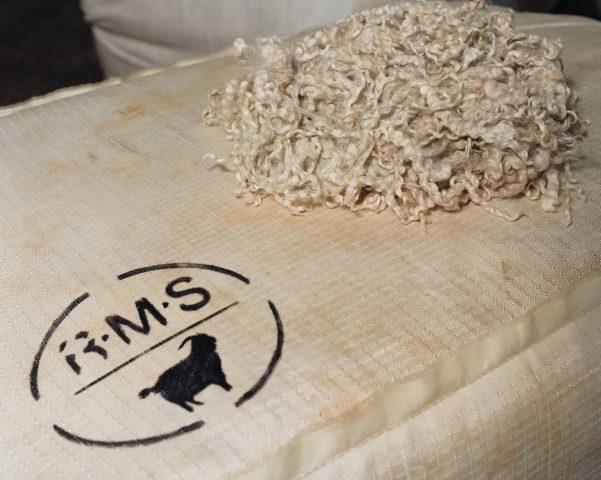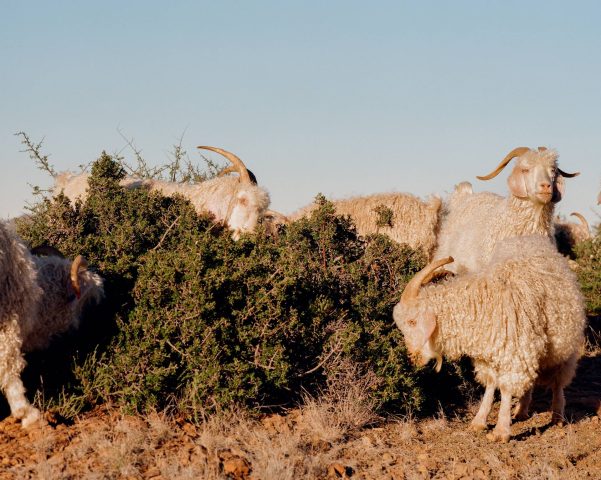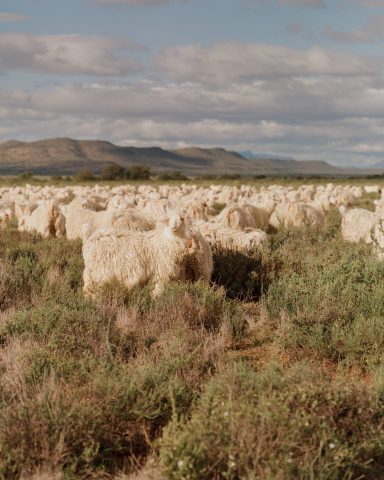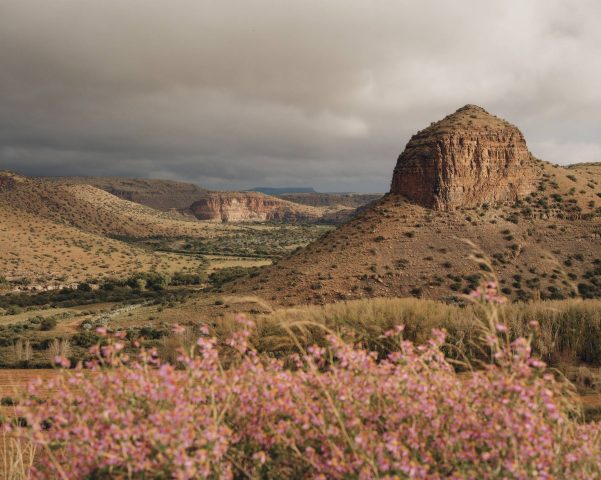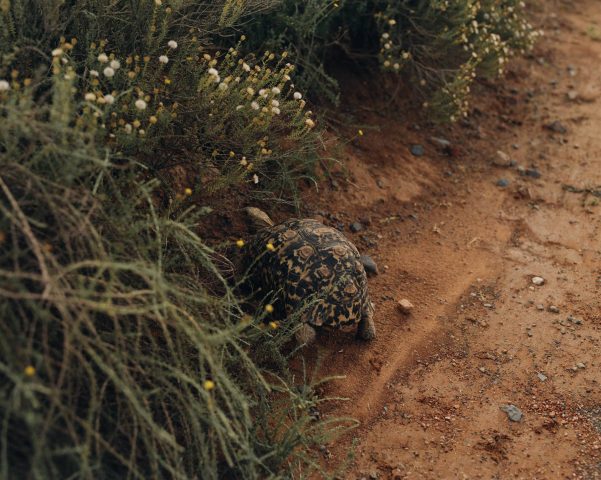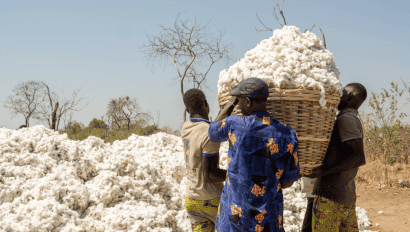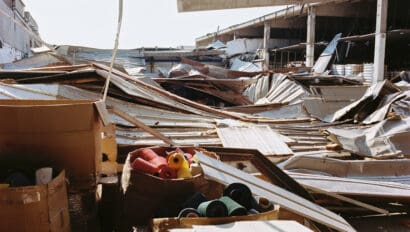Meeting the Growers Behind South Africa’s Responsible Mohair
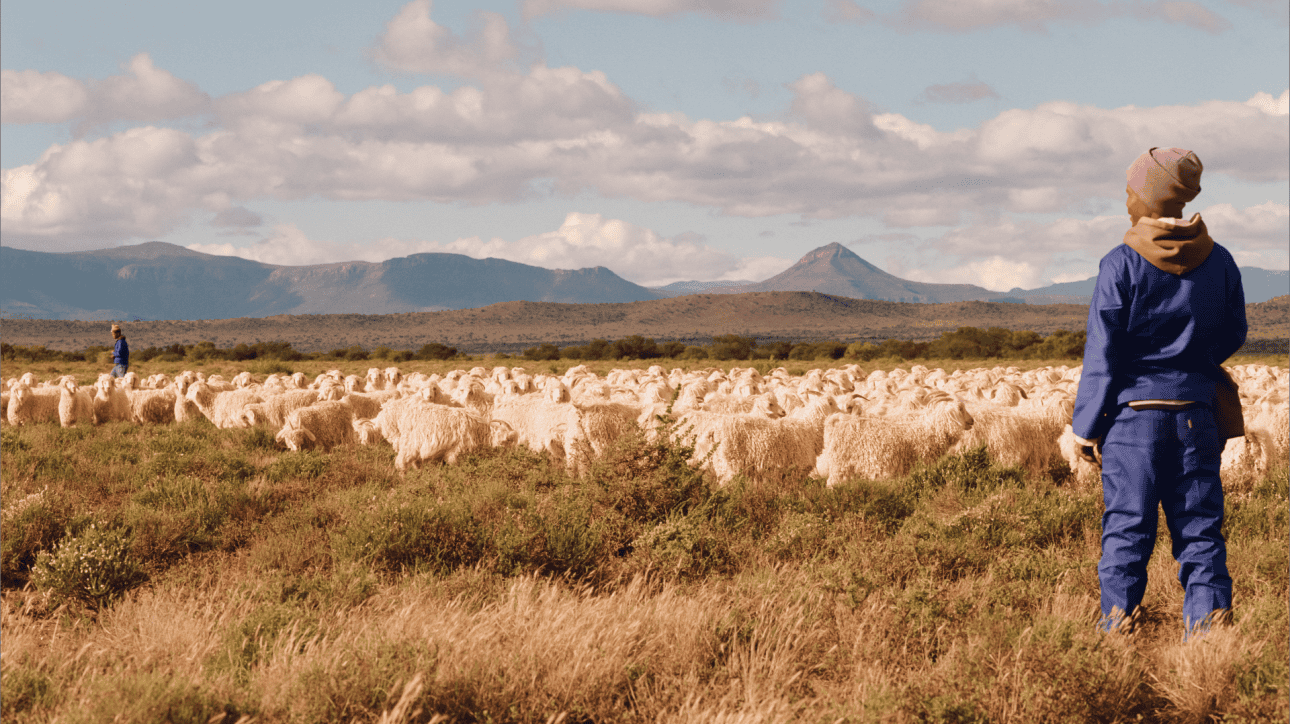
Whether they inherited hundred-year-old family farms or are just getting started, many South African farmers are undertaking the laborious process of raising angora goats in a way that prioritizes both their welfare and the health of the land. Words by Whitney Bauck, with photography by Carl van der Linde.
When non-farmers picture what it’s like to raise mohair goats, what comes to mind might be an idyllic picture of cuddly-looking angora goat kids grazing in a pasture. But what they might not realize is that behind those sweet and inquisitive faces is a whole lot of work.
“Goats need to be cared for far more than sheep,” says Brett Walker. “They spend a lot of their time creeping out of their paddocks.” Walker is a seventh-generation farmer in the semi-desert Karoo region of South Africa who raises both sheep and their more difficult angora goat counterparts.
In addition to being more prone to wandering off, the goats’ long, luxurious hair needs to be cared for (and sometimes gets caught on things they need help being freed from), they need to be sheared twice a year, and they are less responsible parents than their sheep peers, making kidding season a time of constant vigilance for farmers. The goats are also more susceptible to cold and abrupt weather changes, which can mean that if it starts raining unexpectedly in the middle of the night, farmers may find themselves jumping out of bed to guide their animals into sheds or other shelters.
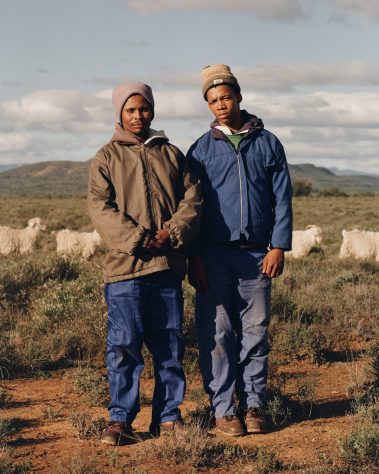
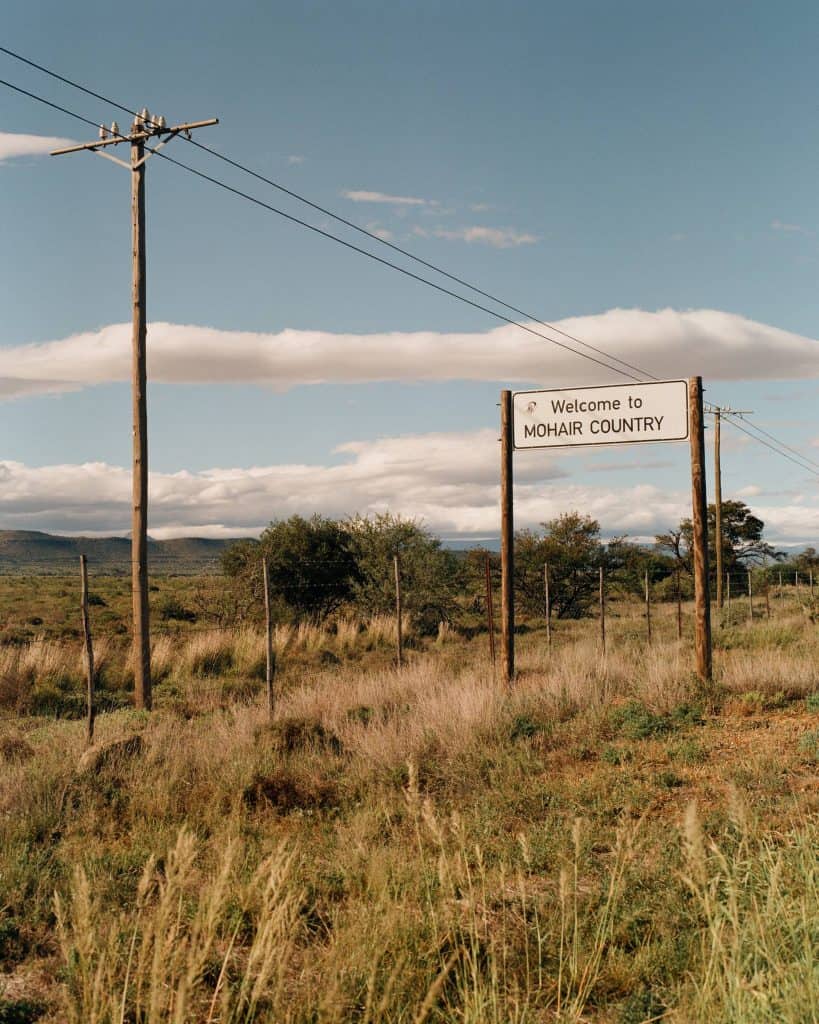
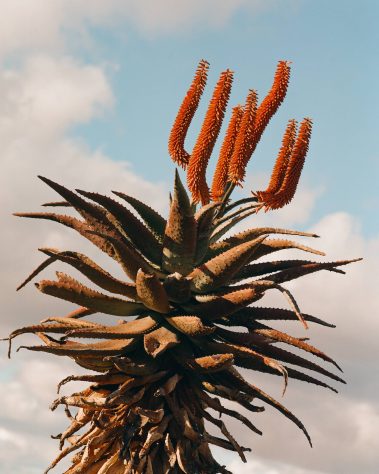
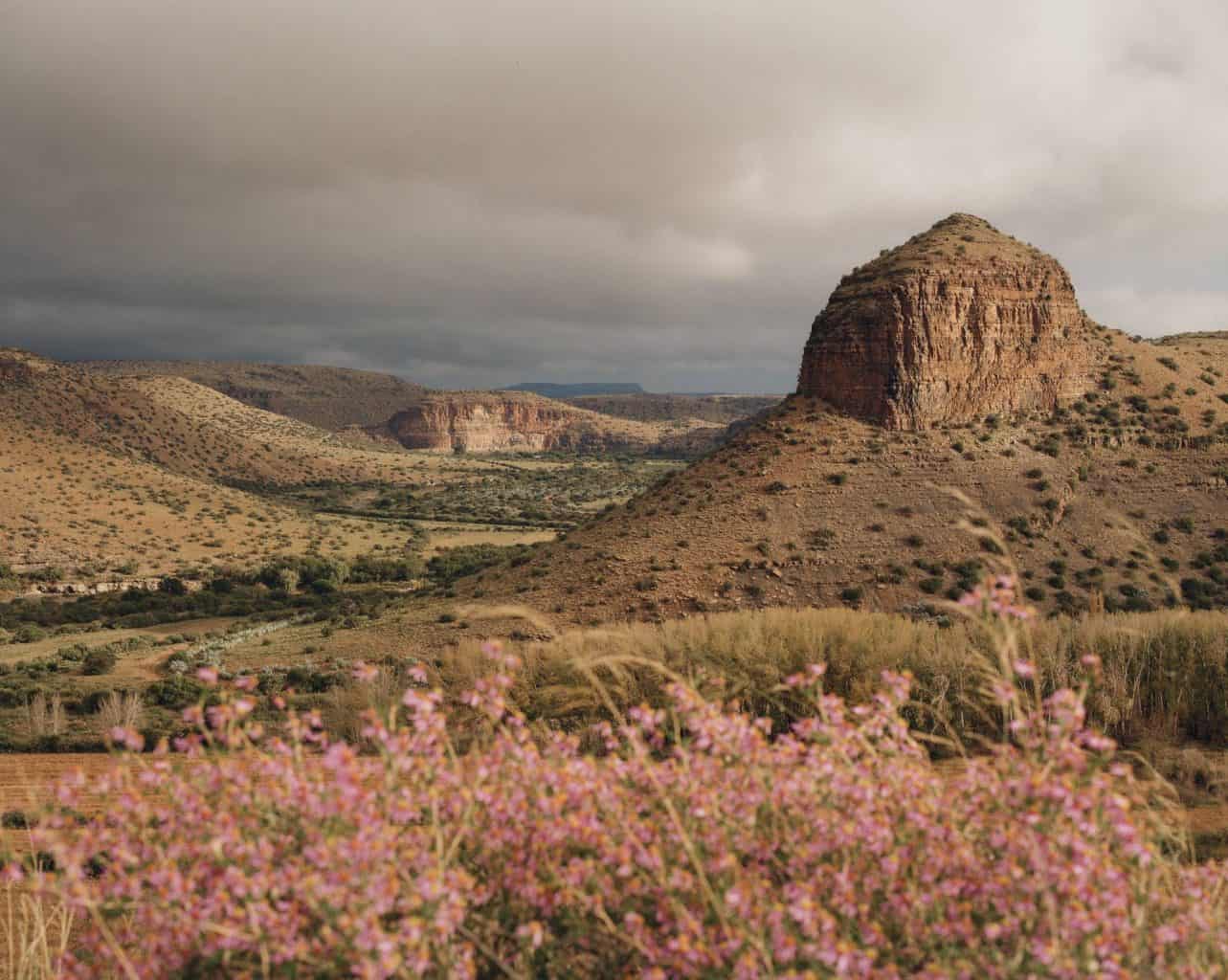
Regenerating land through rotational grazing
Even though they’re a lot of work, Walker derives a sense of joy from seeing the beautiful fiber the goats produce in shearing season. And he’s just one of a generation of producers trying to right the wrongs of his ancestors by raising these animals differently to those who came before him.
“There was a wool boom in the 1950s. The farmers put as many sheep onto the land as possible. There was this massive overpopulation of sheep, and they ground the land to dust because the wool was worth so much money,” he explains. “That had a massively negative effect on the whole area. So we found a lot of runoff and erosion.” A similar mohair boom happened in the 1990s, and the cycle repeated itself, leaving behind degraded pasture, or veld, in its wake.
It’s this kind of impact that Walker and others like him are trying to remediate by utilizing rotational grazing practices popularized by the likes of Alan Savory to try and regenerate vegetation while still working with animals on the land, which is too dry for many other kinds of farming.
Though there are a suite of practices involved in this kind of holistic management, the most fundamental is allowing the animals to stay on an area of pasture for a limited amount of time before moving the flock along, so that they feed thoroughly on the vegetation without completely decimating it.
According to CJ Lotter, another farmer raising angora goats on the Karoo, it also means having enough places for the herd to access water on the farm. Otherwise, “they’ll all migrate on hot days towards a single water point, and their hoof action will trample all the bush and shrubs that lead there.”
Caring for the plant life on the farm is good for local biodiversity, but it’s also in the farmer’s own best self-interest: “We need to look after our pasture, because in the end, we don’t buy any supplemental feed,” Lotter says.
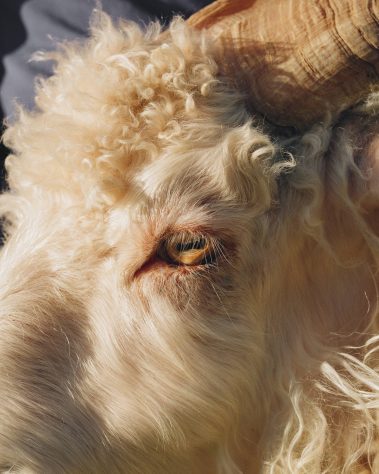
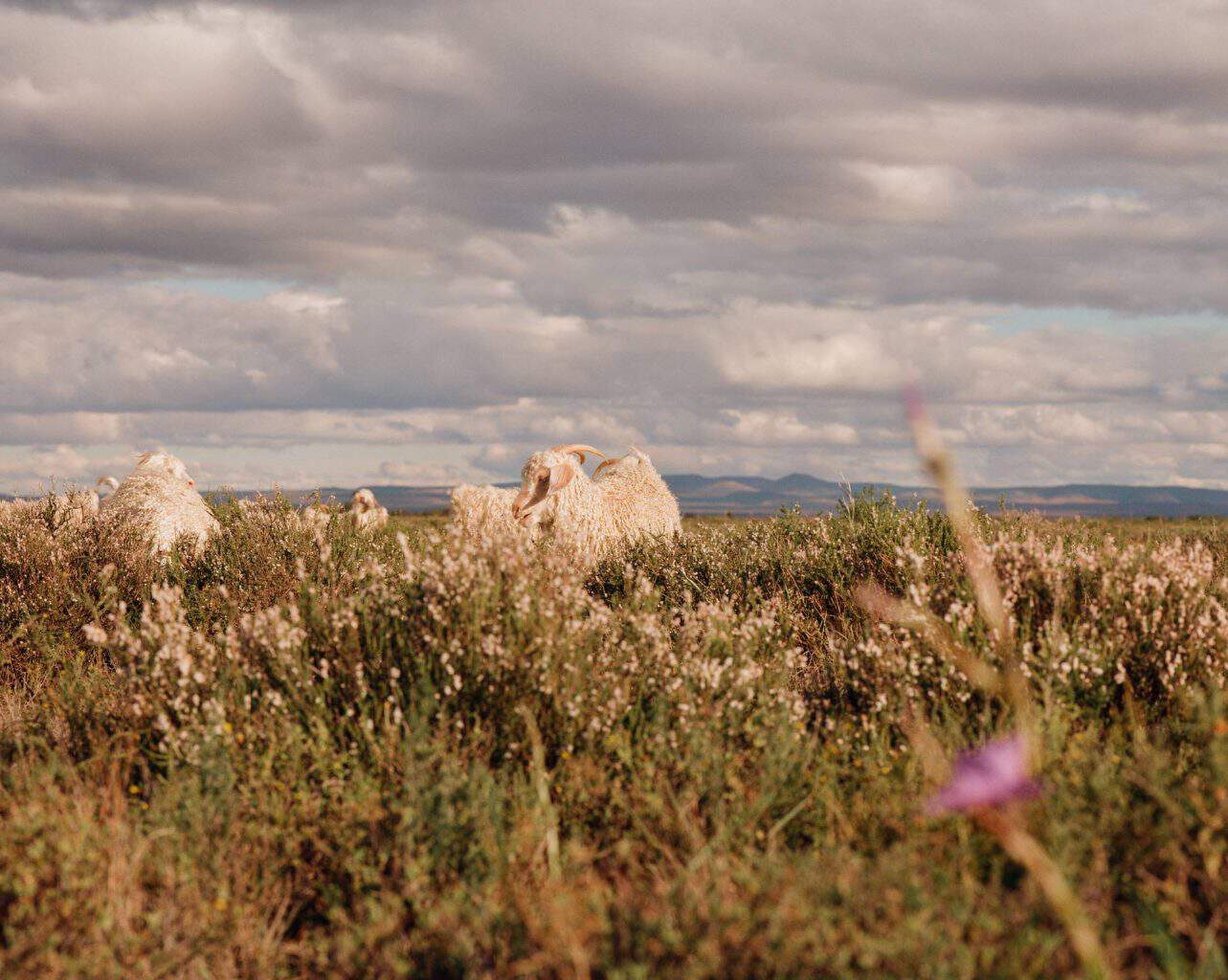
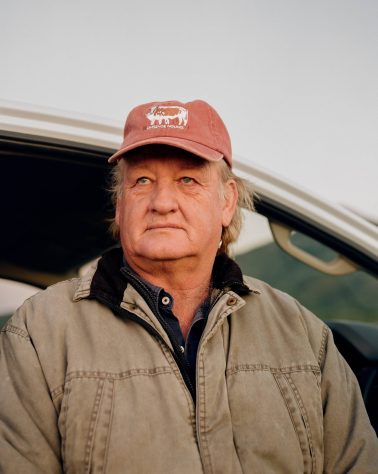
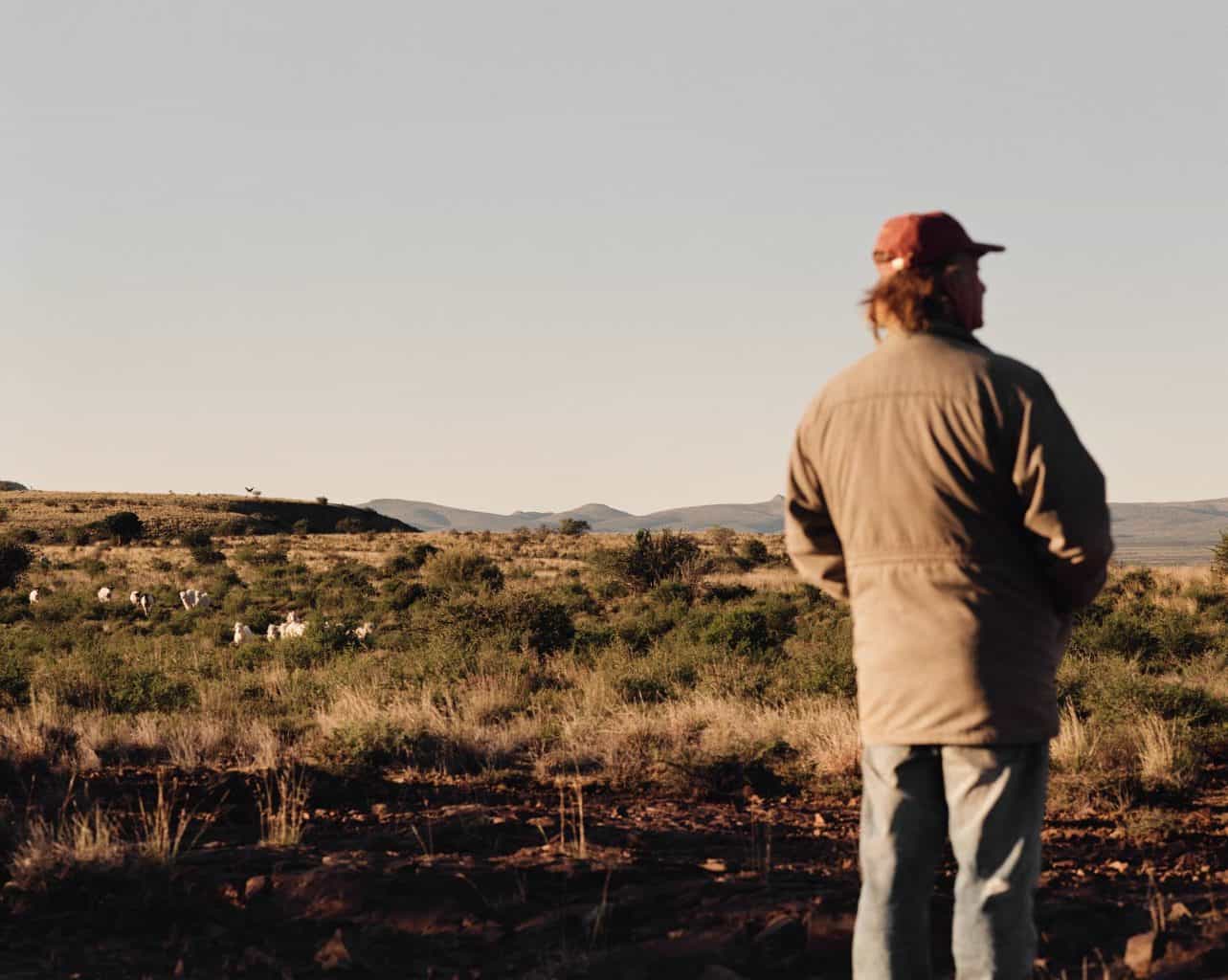
Building farm resilience to flooding
Trenly Spence, whose family has been farming angora goats on the same plot of land for more than a century, is motivated to do the same in part because he’s seen how bad things can get when farmers don’t take that approach. “The vegetation was in a terrible, terrible state when I started farming — not because my ancestors were purposely trying to do that; it was just ignorance.”
Inheriting land that was in such bad shape is part of what turned Spence into someone whose “true passion is the regeneration of our veld,” he says. Spence got started on the path toward
holistic management in the ‘90s by taking note of the farmers in his community whose land seemed healthier than his family’s own, and asking them what they were doing differently.
One of his main takeaways was that “overgrazing is caused by time, and not the amount of animals.” He believes that the right kind of management can actually increase the carrying capacity of the land while simultaneously taking care of it: Rotational grazing allowed him to regenerate the vegetation on his land so thoroughly that he’s now able to run seven times more animals on his land than he could 30 years ago.
It’s also made his land far more resilient to the floods that happen when the semi-arid region receives unexpected heavy rain. Soil that’s filled with living roots is far more able to absorb sudden influxes
of water, and is less susceptible to erosion.
“We had eight inches [of rain] one weekend, and I didn’t have a single stream on my farm running with water. Everybody else [nearby] had flood damage, their goats were drowning in rivers and streams, and I had no runoff,” Spence says. That proof that his regeneration attempts were working “was probably the highlight of my farming career — realizing it is achievable to recover the vegetation,” he says.
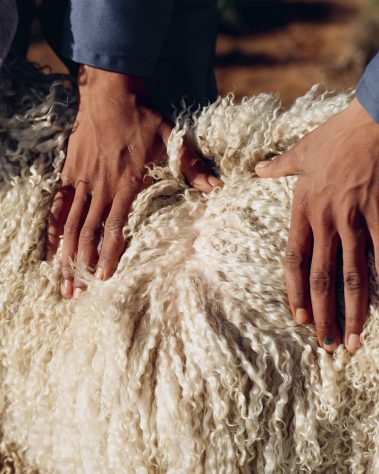
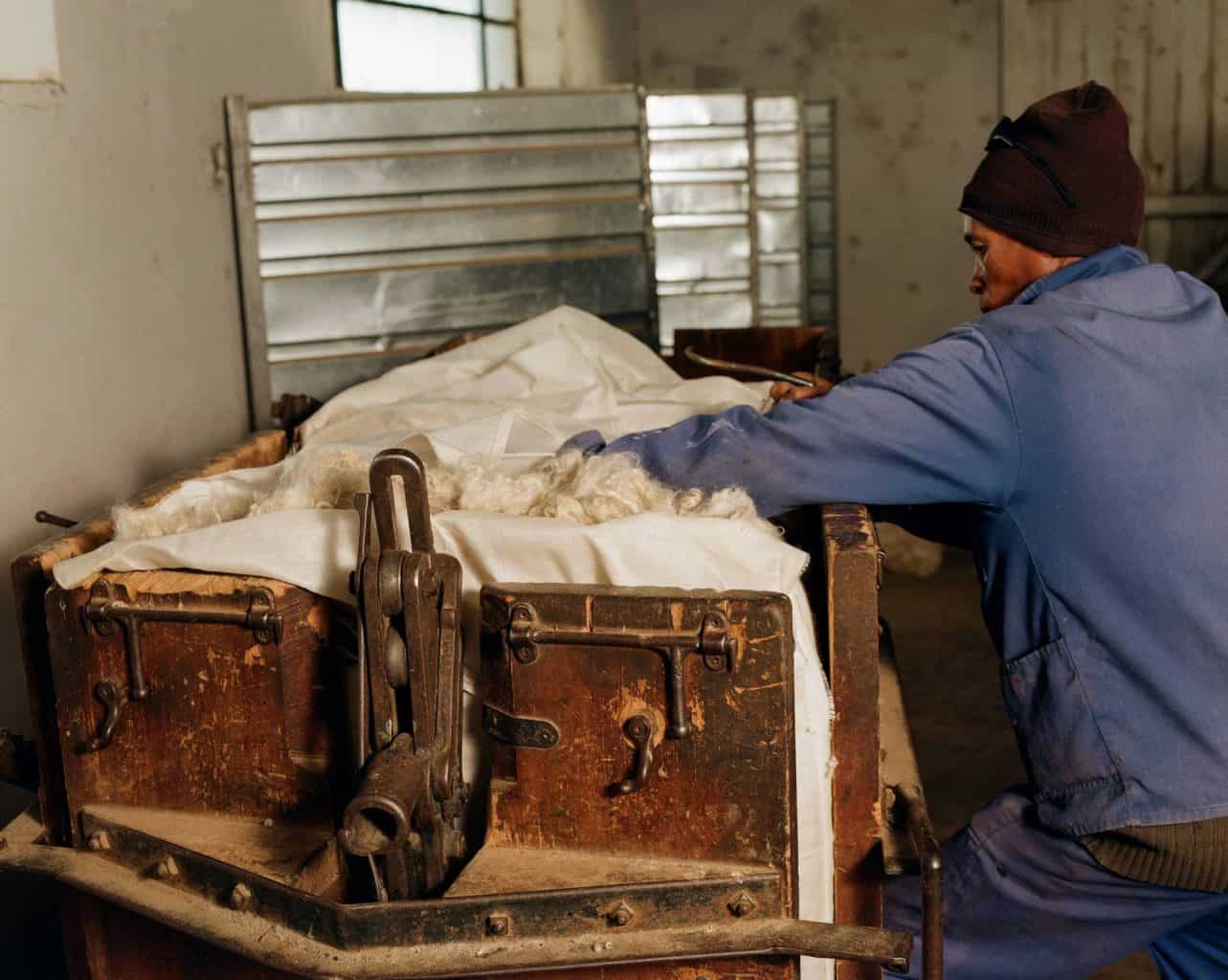
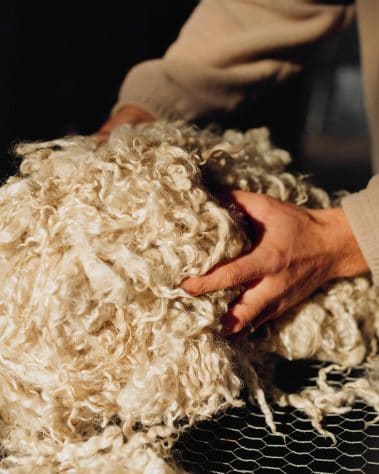
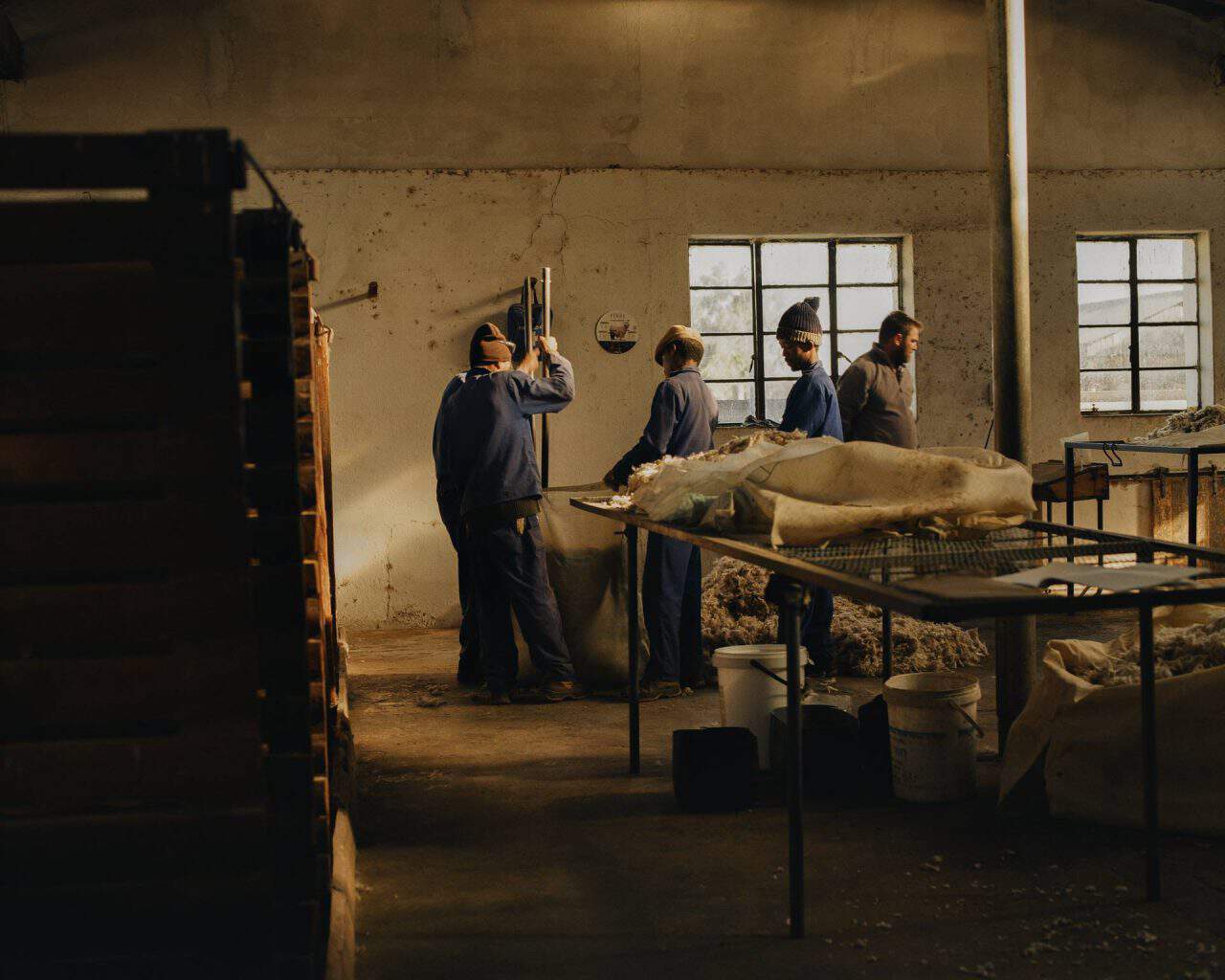
Helping emerging farmers enter the industry
For the mohair farmers of the future, there are people looking to lower barriers to entry into the industry. Beauty Mokgwamme, who heads up the Mohair Empowerment Trust, a group founded by the local industry to help make inroads for emerging Black farmers, is one of them.
“The breed itself is profitable because you shear them twice a year, and the hair price is double or triple what you can get for other breeds in South Africa,” she says. “But you must be able to love and commit yourself, because there’s a lot of work needed to look after them.”
In her role, she seeks out farmers who have land and farming infrastructure that are suitable for angora goats. Once she’s identified farmers who might be a good fit, the trust offers them interest-free loans to buy goats, which are paid back over time through the profits from the shearing.
The trust also supports these emerging farmers through classes that teach them about everything from rotational grazing to how to prepare the mohair for market after it has been sheared. In addition, Mokgwamme and her team offer education on how to keep records and do the paperwork necessary to comply with the Responsible Mohair Standard, which serves as a benchmark for best practices
as well as allowing farmers to communicate to buyers the kinds of responsible practices they’re committed to.
Taking on this approach to management that centers the wellbeing of the animals, the land, and the people who work with them can have positive impacts, but it takes time. Though the increased carrying capacity on his land has convinced him that there’s a financial case to be made for holistic management, Spence warns that it’s no quick fix: “An environment that has been messed up or mismanaged for two or three hundred years, you can’t change it in 20 years. I’m happy with what I’ve achieved in 30 years,
but there’s still a long way to go.”
Even so, he’s grateful to be a part of the industry. “Mohair’s stunning. It’s a very nice product to work with. And even farming with it is amazing,” he says. “But like all good things in life, it takes a lot of work and effort.”
